THE DEFINITIVE GUIDE FOR THE TREATMENT OF OSTEOARTHRITIS
WHAT IS OSTEOARTHRITIS?
Osteoarthritis is the most common joint disease affecting millions of people throughout the world. Osteoarthritis can affect any joint but it most commonly affects the weight-bearing joints- hands, knees, hips, spine. In every joint, there is protective cartilage that prevents the two bones in the joints from coming in contact with each other. In osteoarthritis, the protective cartilage wears down with age and exposes the bones in the joint to each other causing rubbing. This rubbing causes pain and stiffness.
Osteoarthritis usually occurs in older age but can be seen in adults also. As there is degeneration in the bone, the disease is also known as degenerative joint disease and is a leading cause of disability in older people.
WHAT ARE THE RISK FACTORS FOR OSTEOARTHRITIS?
- AGE: age is an important risk factor as the risk of developing OA increases with age.
- GENDER: female sex is more prone to the development of OA.
- HEAVYWEIGHT: carrying extra weight would put more pressure on weight-bearing joints like the hip and knees, thus would increase the risk of the development of OA.
- GENES: family history of OA predisposes you more.
- OCCUPATION: certain job profiles are seen at higher risk that has repetitive pressure on a certain joint.
- INJURY TO THE JOINT: joint injuries received several years ago can cause degeneration in the joint years later.
- BONE DEFORMITIES: congenital deformities in bones or cartilage increases the risk of the development of OA.
WHAT ARE THE COMPLICATIONS OF OSTEOARTHRITIS?
Osteoarthritis is a degenerative disease and in advanced cases causes severe disability. People are not able to perform the daily chores and are sometimes confined to bed only.
SYMPTOMS OF OSTEOARTHRITIS
Symptoms of OA develop gradually and are worse with age.
- Pain during activity is the first symptom. The joint would start hurting when you would move.
- Stiffness especially on getting up in the morning or after a period of inactivity.
- The flexibility of the joint is also compromised and there is a restriction of movement in the joint. The full range of motion is not possible.
- Tinder joints when pressure is applied.
- Spikes or extra bits of bones are felt on palpating the joints.
- The grating sensation is felt by the patient while moving the joint or even the doctor while examination of the joint.
CAUSES OF OSTEOARTHRITIS
OA is caused when the protective cartilage covering the bones in a joint starts degenerating and the joints start to touch each other while moving. The pain and stiffness become severe enough to make daily tasks difficult. Some people have so severe symptoms that they are advised for joint replacement surgery.
DIAGNOSIS OF OSTEOARTHRITIS
- On examination of the affected joint; tenderness, swelling, redness, and grating are present with restriction in range of motion of the joint.
- X-RAY AND MRI are imaging techniques for visualization of the joint. They would reveal loss of cartilage, narrowed joint space, bone spurs.
- No blood test is available for diagnosing OA. But other causes for joint pain can be ruled out.
- The joint fluid analysis would help in checking inflammation and other possible causes of joint problems.
TREATMENT OF OSTEOARTHRITIS
Conventional treatment includes painkillers, NSAIDs for relieving pain.
For tenderness and stiffness, physical exercises are advised. Also exercises help to improve the range of mobility of joints, improve muscle strength.
Occupational therapy would help in managing daily activities so that the affected joint is not irritated much.
Joint replacement therapy is advised in many advanced cases.
MANAGEMENT OF OSTEOARTHRITIS
- EXERCISE: regular exercise would help in strengthening the muscles of the joints and would make the joint more stable. This would help relieve pain, stiffness, and tenderness. But don’t overdo the exercises as this may damage the joint.
- SWIMMING: Swimming is a good option for stretching and would help in dealing with symptoms of OA.
- MANAGE WEIGHT: being overweight increases the pressure on weight-bearing joints and would further damage the joints. Even a small amount of loss in weight would relieve pain in the joint.
- HEAT AND COLD PACKS: this would help in relieving pain and stiffness.
- SUPPORT WHILE WALKING: a cane or any support would help in managing day-to-day tasks in an easier way and would help in relieving pain as well.
- STAY ACTIVE: don’t rest for long in the day as a gap in the activity would cause stiffness and pain. So stay active throughout the day.
- HOMEOPATHY: homeopathy is a good way along with exercise to help with symptoms of OA without any side effects.
HOMEOPATHIC MANAGEMENT OF OSTEOARTHRITIS
Homeopathic medicines have no side effects and would help in relieving pain and tenderness of the joints along with stiffness. Homeopathic medicines would help in improving the quality of life after OA develops. More so homeopathic medicines would stop the further exaggeration of the symptoms.
Many homeopathic medicines are there like ars alb, pulsatilla, colchicum, benzoin acid, Ledum pal, etc which would help in relieving symptoms of OA. But the medicines should never be taken without the guidance of a registered homeopath.
DO’S & DON’TS
DO’S
- Stay active.
- Take healthy diet
- Do regular physical exercise
- Use support while walking
- Manage weight within normal limits
- Swimming is also very helpful.
- Do stretching exercises
- Use heat and cold packs
DON’TS
- Don’t overdo while exercising
- Don’t opt for unhealthy ways of weight loss
- Don’t rest for longer intervals
- Don’t smoke
- Don’t irritate the affected joint.
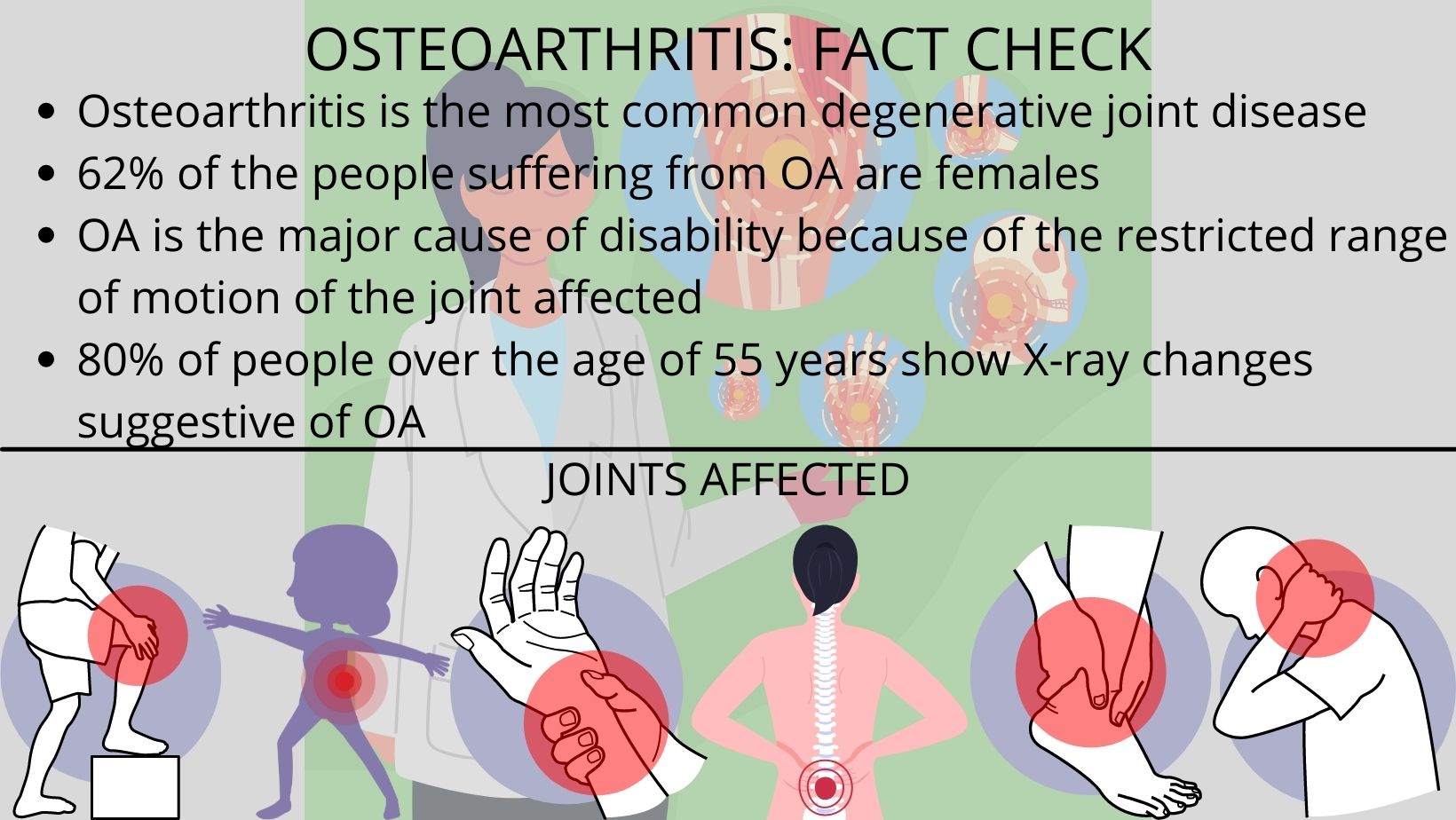
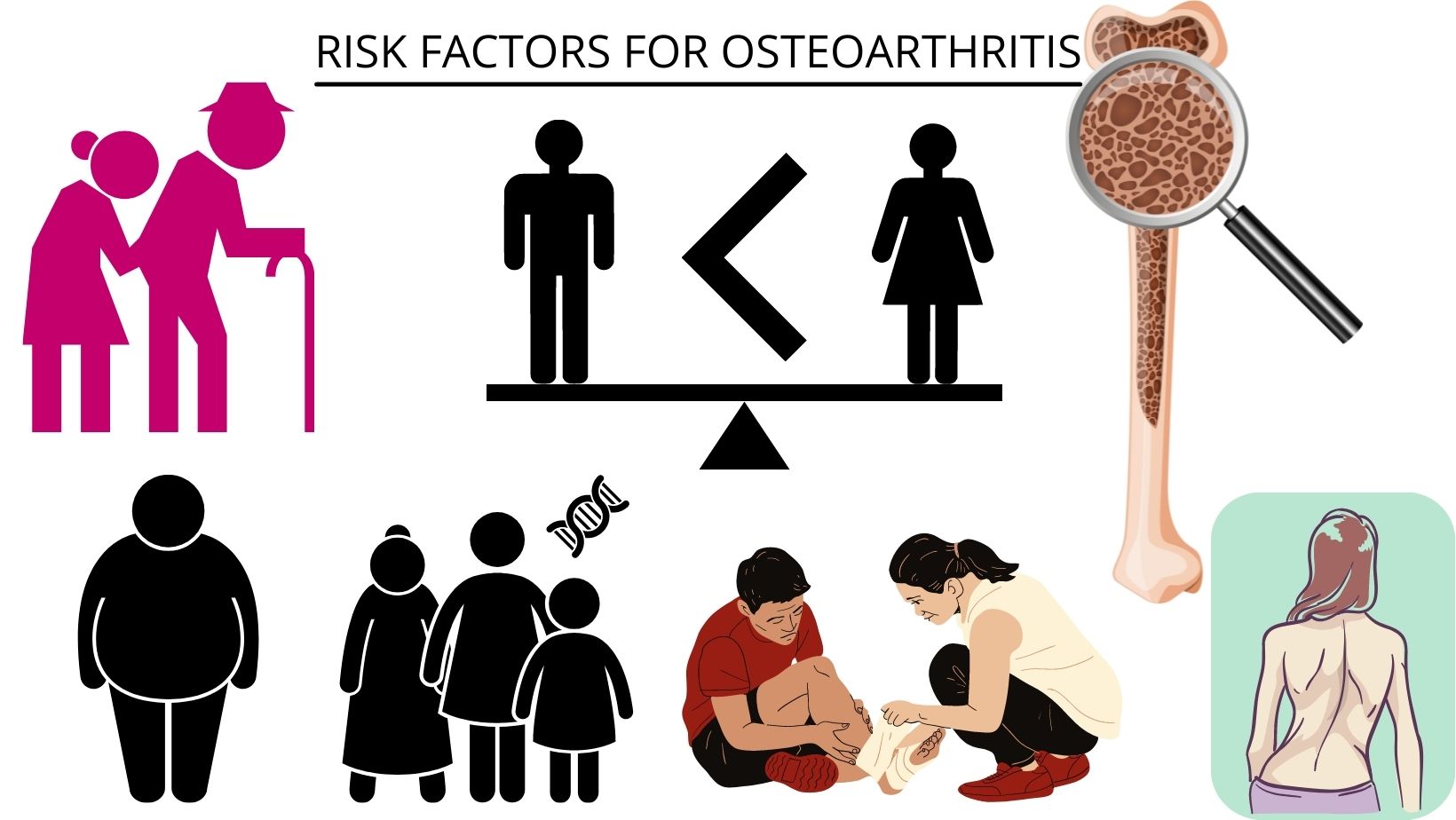
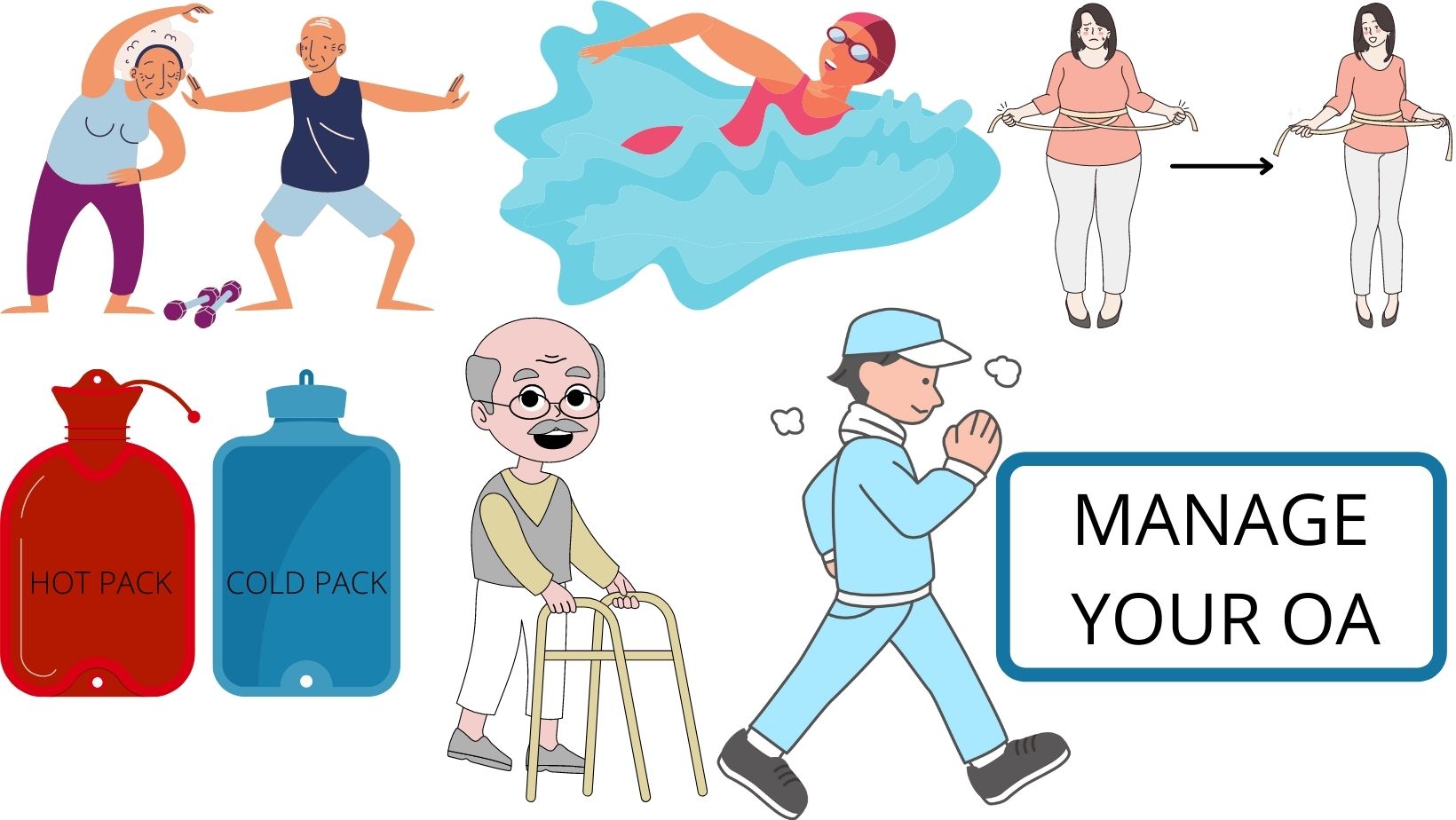
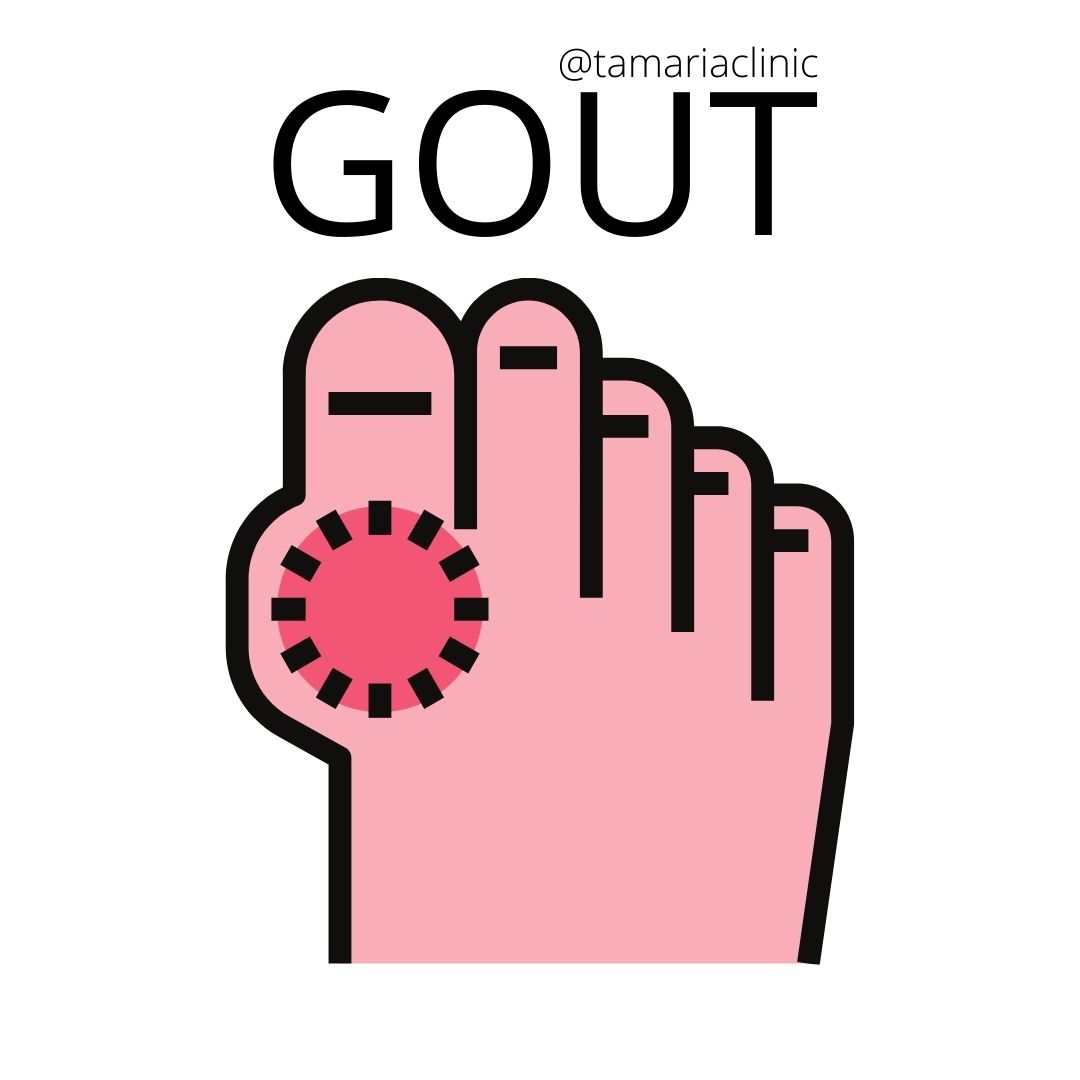
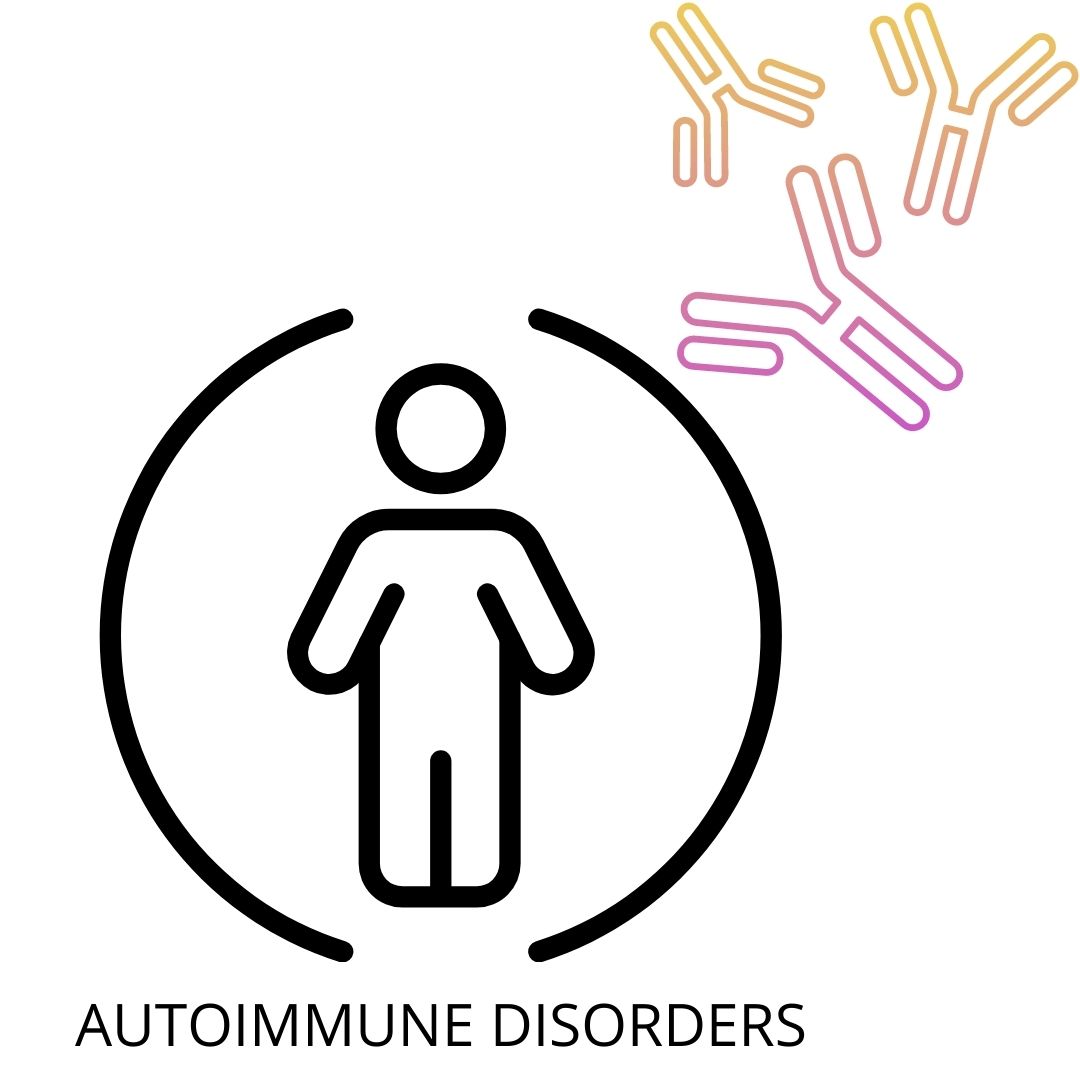
Comments
We have received your comment , Thank You !